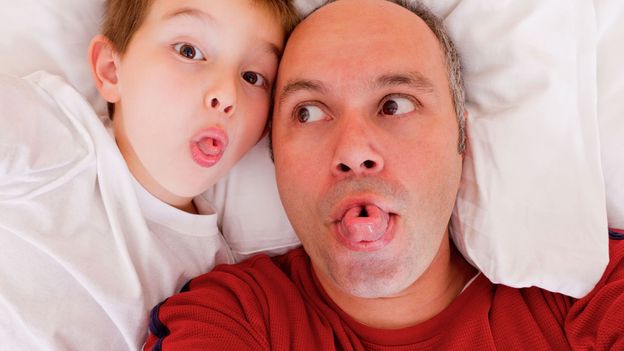You can improve further: there is no need to move the jaw, there is a specific muscle which opens the tube. Moving the jaw also stimulates the movement of the muscle. But you can contract the muscle without moving the yaw.The best part of doing it with my jaw now is that I don't even have to touch my nose. If I feel the slightest bit of pressure on my ear, I just move my jaw and I'm equalized. I don't know why it took me so long to figure it out, but I am so glad I finally did.
This method is called BTV: How to Do Hands-Free Equalization (BTV/VTO) - OpenWaterHQ




